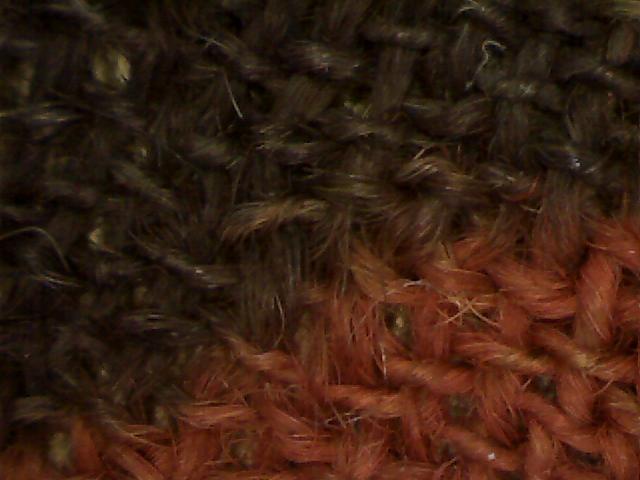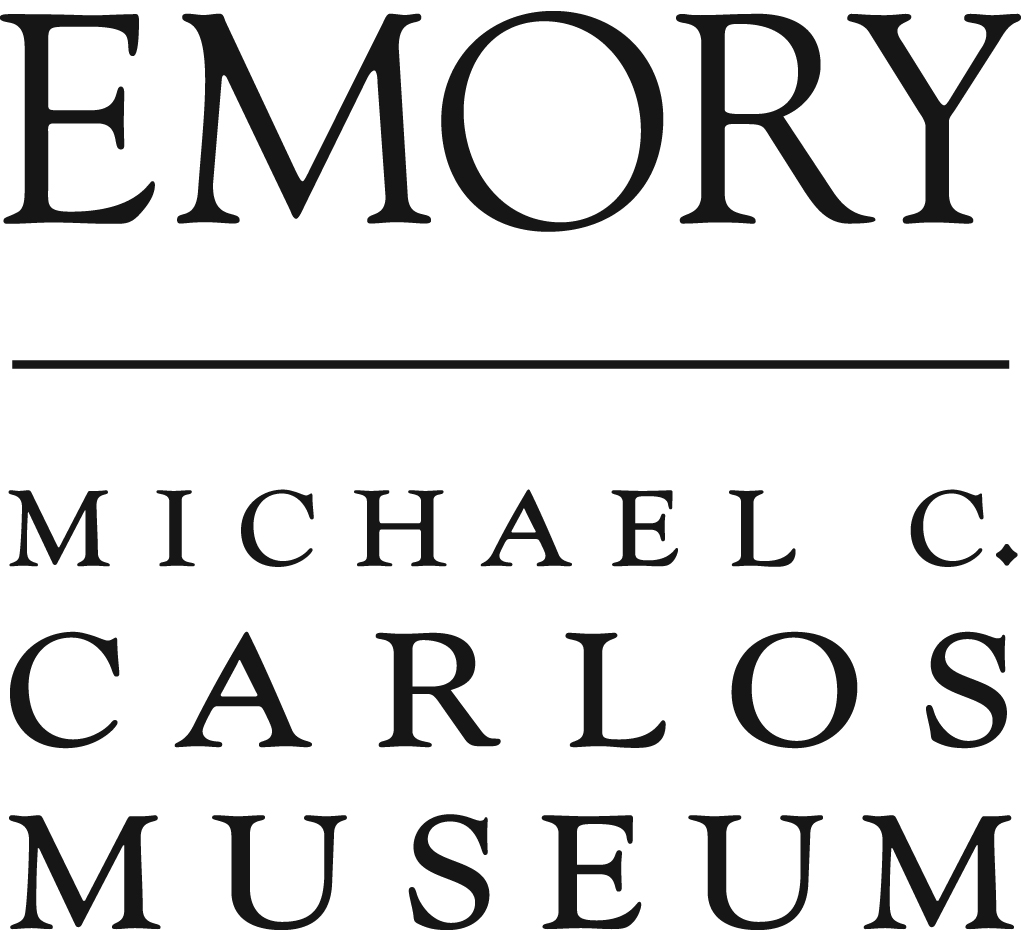All right, on to dyes. Thanks for sticking with me if you have made it this far into the post. It’s long and I apologize for this. They will get shorter as I get all of these explanations out of the way and on to the exciting stuff.
Determining the dye is difficult, especially for me because here my knowledge is limited and other people have to get involved. This is also where science comes in. We know what plants and insects were used to create the red and blue dyes, called indigo and cochineal. I have used both of these before so I know how they were applied. Basic logic also dictates the order the dyes were applied to each square (see “What is a Wari tie dye textile” page).
However, what we don’t know the yellow is. The dye probably came from a plant, but the chemical that causes the color, called an alkaloid, is impossible to track to a specific plant as of now. Scientists who have studied dyes in the ancient Americas have a list of likely candidates but it will take much more testing by chemists to determine which were used in specific textiles or geographic regions.
Much of the work of identifying dyes and the other products used to make them work is the job of conservators. Conservators conduct research on how objects were made and keep them in good condition (they fix things when they break!). They determine all of the standards for how objects can be safely displayed, handled, and stored. They have scientific, historical, and fine arts training and without them we would not know nearly as much about the details of ancient objects. I worked with several conservators during this examination: Renee Stein the chief conservator at the Carlos Museum and Katie Etre her assistant. They are amazing and gave me a great deal of help, including introducing me to the wonderful Proscope!
So now you know the many steps involved in examining an ancient textile. Thanks for sticking with me through this long post!



Youre so cool! I dont suppose Ive read anything such as this before. So nice to get somebody by original ideas on this subject. realy thank you for starting this up. this amazing site is a thing that is needed on-line, a person with a bit of originality. valuable task for bringing new stuff on the world wide web!
I think the admin of this web page is in fact working hard in favor of his web site,
as here every data is quality based information.
How interesting your work and methods are! Thank you so much for allowing us to read this article and see the photos. I am a life long lover of textiles and had I known about such things, I would have loved to train as a conservator. (I like fiddly hand work requiring patience so I think I would have been good at it, too.)
Thanks for sharing your info. I truly appreciate your efforts and I will be
waiting for your next post thanks once again.